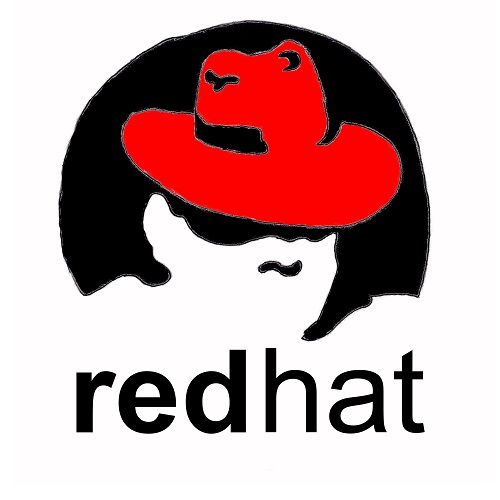


to help bring order to potential “container sprawl”. The release also includes enhancements to Podman, which received a refresh in RHEL 9. These include the ability to configure automatic unlocking of encrypted disks on root filesystems using NBDE (Network Bound Disk Encryption), and to allow system administrators to select frequently used combinations of system-wide crypto policies. The new OS version also boasts improvements to Red Hat Enterprise Linux’s Web Console. In response, Enterprise Linux now includes organizational-specific security policies in the generated images, as well as support for the creation and sharing of Red Hat Enterprise Linux blueprints, both inside and outside of the data center.Īlso read: Oracle and Red Hat bring RHEL to OCI Improvements to Web Console and Podman

Red Hat said this meant that “the need for comprehensive Linux infrastructure skills and capabilities will not only go away, but will become even more critical as these environments grow in complexity”.

In announcing the new Linux version, Red Hat cited an IDC report indicating that Linux OS environments will grow from 78% in 2021 to 82% in 2026 across the hybrid cloud (physical, virtual and cloud deployments). The new release furthers Red Hat’s efforts to “simplify and streamline complex Linux platform tasks across the hybrid cloud, from datacenters to public clouds to edge deployments, helping IT teams to better overcome staffing and skill shortages and improve efficiency in critical infrastructure areas”, Red Hat said. This week Red Hat announced the general availability of Red Hat Enterprise Linux 9.2. The latest version of the popular Red Hat Enterprise Linux operating system offers expanded capabilities as well as security updates and other fixes.


 0 kommentar(er)
0 kommentar(er)
